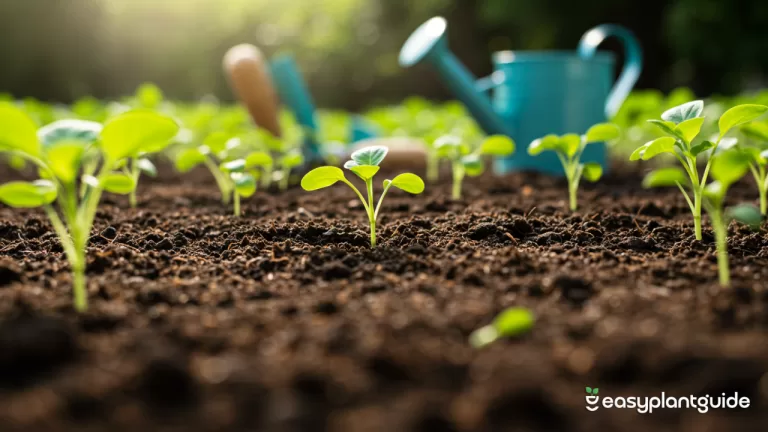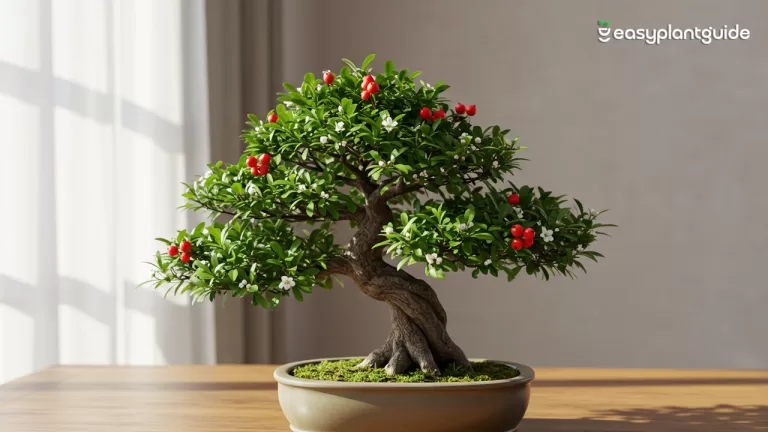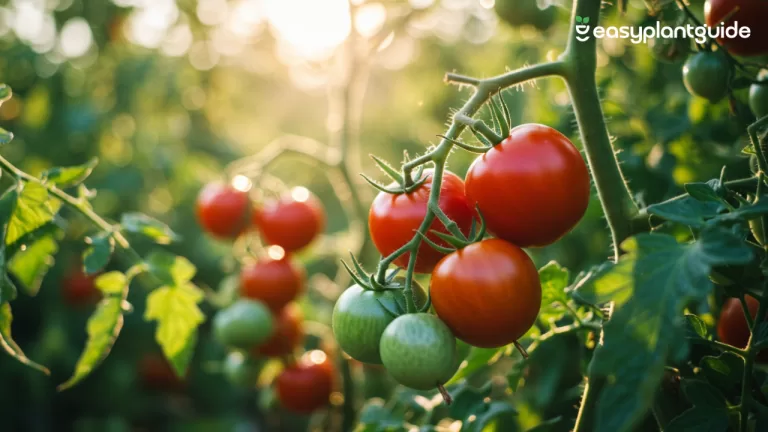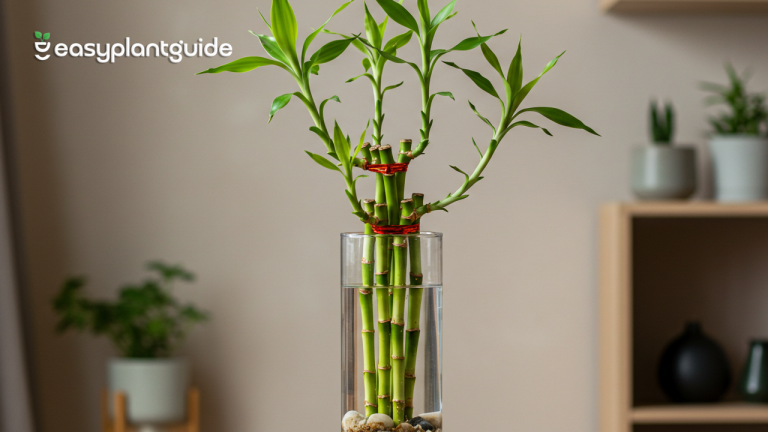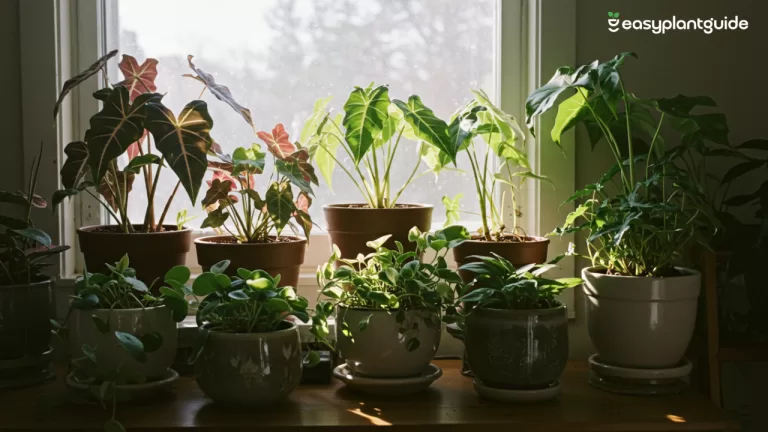Zebra Haworthia Plant: Ultimate Impressive Guide 2025
If you’ve ever wanted a houseplant that’s low-maintenance, stylish, and nearly impossible to kill, the Zebra Haworthia plant (Haworthiopsis attenuata) is the perfect choice. Its dark green leaves, decorated with striking white stripes, make it stand out in any room. No wonder it’s often nicknamed the “zebra cactus,” even though it isn’t a cactus at all.
In this guide, we’ll cover everything you need to know about the Zebra Haworthia plant, from its origin and easy care tips to its unique benefits and simple propagation methods. We’ll also look at common mistakes that new plant parents make and how to avoid them. By the end, you’ll see exactly why this little succulent deserves a spot in your collection.

What Is the Zebra Haworthia Plant?
The Zebra Haworthia Plant is a small succulent native to South Africa. Unlike larger leafy houseplants, it stays compact and tidy, making it ideal for desks, shelves, or small apartments. Its most striking feature is the spiky, dark green leaves marked with white stripes that resemble zebra patterns.
Botanically, it’s known as Haworthiopsis attenuata, though plant lovers often call it the “Zebra Haworthia.” You might also hear it referred to as the “Zebra cactus” or “Zebra succulent.” No matter the name, this little plant is loved for its unique appearance and easy care.
Quick Facts About Zebra Haworthia Plant
Here’s a fresh snapshot of this charming succulent:
| Feature | Details |
|---|---|
| Growth Habit | Rosette form, compact |
| Mature Size | 4–6 inches tall, 6–8 inches wide |
| Leaf Appearance | Dark green with white raised stripes |
| Blooming Season | Late spring to summer |
| Longevity | Can live 10–15 years |
| Best Placement | Windowsill, desk, or shelf |
| Pet Safety | Non-toxic to cats and dogs |
Why Choose Zebra Haworthia for Your Home?
You might be wondering, “Why this plant and not another?” The answer is simple: the Zebra Haworthia Plant is incredibly low-maintenance and thrives even with minimal attention. Since it’s drought-resistant, you won’t have to worry about watering it too often, which makes it perfect for busy lifestyles. Its compact size also means it fits seamlessly into small apartments, desks, or shelves without taking up too much space.
On top of that, its unique striped design adds a decorative touch that feels both modern and natural. With a surprisingly long lifespan, it can be a companion for many years with very little effort. It also stays small and manageable, so you never have to deal with overgrowth. Best of all, it’s safe for indoor decoration, making it a stress-free addition to any living space.
Benefits of Keeping Zebra Haworthia
The Zebra Haworthia Plant isn’t just a stylish succulent—it comes with plenty of benefits that make it a must-have for your home or workspace. From boosting air quality to creating a calming vibe, this small plant works harder than it looks.
1. Improves Indoor Air Quality
Like many succulents, the Zebra Haworthia Plant helps purify the air by absorbing toxins and releasing oxygen. Keeping it indoors can improve the freshness of your space, especially in areas with limited ventilation.
2. Reduces Stress and Boosts Mood
Plants have a calming effect, and the Zebra Haworthia Plant is no exception. Its unique striped leaves and compact size create a soothing presence that can reduce stress and even boost your mood after a long day.
3. Perfect Desk Buddy for Focus
If you spend hours working at a desk, this plant makes the perfect companion. The Zebra Haworthia Plant requires little attention yet adds a refreshing green touch that can improve concentration and focus.
4. Decorative Element for Small Spaces
Thanks to its compact size, the Zebra Haworthia Plant fits easily on shelves, windowsills, or tabletops. It adds a pop of greenery and style without overwhelming the space, making it ideal for apartments or offices.
5. Long-Lasting with Minimal Care
One of the biggest benefits of the Zebra Haworthia Plant is its durability. With minimal watering and low light needs, it can thrive for years, making it a long-lasting addition to your plant collection.
Decorating Ideas With Zebra Haworthia

Want to get creative? Try these:
- Place in small ceramic pots for modern décor
- Use as part of a succulent arrangement
- Display on shelves, desks, or windowsills
- Pair with pebbles or miniature figurines
- Gift as a low-maintenance plant to friends
How to Care for Zebra Haworthia
1. Light Requirements
The Zebra Haworthia Plant thrives in bright, indirect sunlight, making it an ideal indoor companion. A sunny windowsill with filtered light is the best spot for this plant. Too much direct exposure, however, can scorch its striped leaves.
2. Watering Schedule
When it comes to watering, less is always better. Only water your Zebra Haworthia once the soil feels completely dry to the touch. Overwatering is the most common mistake and can easily lead to root rot.
3. Soil Type
This plant grows best in a well-draining cactus or succulent mix. You can also improve regular potting soil by adding sand or perlite for extra drainage. Proper soil ensures strong roots and prevents waterlogging.
4. Temperature and Humidity
The Zebra Haworthia prefers temperatures between 65–85°F (18–29°C), which matches most indoor climates. It dislikes frost, so always bring it indoors during colder months. Normal household humidity works just fine for this plant.
5. Fertilizer Needs
Feeding your Zebra Haworthia is simple and minimal. During spring and summer, give it a diluted cactus fertilizer once a month. In winter, let the plant rest without any feeding until growth resumes..
Watering Mistakes to Avoid
Want to keep your Zebra Haworthia Plant thriving? One of the biggest mistakes people make is overwatering, which can quickly lead to root rot. This succulent prefers dry soil between watering sessions, so always check the soil before adding more water. Pots without drainage holes are another hazard because excess water has nowhere to escape, leaving the roots sitting in moisture.
Another common mistake is misting the plant instead of giving it a deep soak. The Zebra Haworthia Plant needs water that reaches the roots, not just a surface spray. Avoid watering on a strict schedule—always feel the soil first. Also, never leave water sitting in the saucer beneath the pot, as it can suffocate the roots and harm your plant’s health.
How to Propagate Zebra Haworthia
Propagation is like giving birth to baby plants, and the Zebra Haworthia Plant makes it super easy. Here’s how you can do it:
- Division Method: During repotting, you may notice that the root system has formed clumps. Carefully divide these clusters into smaller sections and place each in its own pot. This method ensures stronger, faster growth since the roots are already developed.
- Leaf Cuttings: Select a healthy, mature leaf and cut it close to the base of the plant. Let the leaf dry for a day or two to form a callus, then place it in moist succulent soil. With time and patience, tiny roots will begin to grow.
- Offsets (Pups): The Zebra Haworthia Plant naturally produces little pups at the base of the mother plant. Gently separate these offsets with clean hands or a tool and replant them in fresh soil. They usually establish themselves quickly and grow into independent plants.
Best Pots for Zebra Haworthia
Choosing the right pot makes all the difference when it comes to the health of your Zebra Haworthia Plant. Here are the best options to consider:
- Terracotta pots help wick away excess moisture – These clay pots are naturally porous, allowing air and water to flow through the soil. This prevents root rot and keeps your plant’s roots healthy.
- Small pots keep roots cozy – The Zebra Haworthia Plant has shallow roots and grows slowly, so a small container helps it stay compact and happy without too much empty soil.
- Drainage holes are a must – Always pick a pot with holes at the bottom so extra water can escape. Without drainage, waterlogging can damage the roots.
- Decorative ceramic pots add style – If you want to combine beauty with functionality, ceramic pots are perfect. Just make sure they also have proper drainage.
- Avoid glass containers with no airflow – While they might look stylish, glass pots or terrariums often trap moisture. This creates the wrong environment for a Zebra Haworthia Plant.
Common Problems and Fixes
Even though the Zebra Haworthia Plant is hardy and resilient, it isn’t completely immune to problems. The good news is that most issues are easy to identify and fix with a few simple changes in care.
1. Yellowing Leaves
When the leaves of your Zebra Haworthia Plant start turning yellow, it’s usually a sign of overwatering. The roots can’t handle constant moisture and begin to suffocate. To fix this, reduce watering frequency, allow the soil to dry out fully, and ensure your pot has proper drainage holes.
2. Wrinkled Leaves
Wrinkled or shriveled leaves often indicate underwatering. Since the Zebra Haworthia Plant stores water in its leaves, they collapse when reserves run low. A thorough soak, allowing water to drain fully, usually restores their plump look within a few days.
3. Brown Tips
Brown or crispy tips are a common problem when the plant is exposed to too much direct sunlight. The Zebra Haworthia Plant prefers bright but indirect light, so place it near a sunny window with a sheer curtain. Relocating it away from scorching afternoon rays will prevent further damage.
Zebra Haworthia vs. Other Succulents
The Zebra Haworthia Plant is often mistaken for Aloe Vera or even small cacti because of its spiky appearance. However, there are several clear differences that make this little succulent stand out from the rest. Unlike Aloe, which grows much larger, the Zebra Haworthia stays compact and neat, making it perfect for desks, windowsills, or small living spaces. This compact nature makes it easier to manage and ensures it never overwhelms your décor.
Another major difference is its purpose. While Aloe is famous for its medicinal gel, the Zebra Haworthia Plant is purely decorative, admired for its bold style rather than healing qualities. Its trademark zebra-like white stripes give it a unique beauty you won’t find in most succulents. Unlike many varieties that demand hours of direct sunlight, this plant thrives indoors with bright, indirect light. It also grows much slower than other succulents, meaning it won’t outgrow its pot quickly and will stay attractive for years without constant repotting.
Final Thoughts
The Zebra Haworthia plant is proof that sometimes the best things come in small packages. It’s stylish, easy to care for, and fits perfectly into any lifestyle. Whether you’re a beginner plant parent or a seasoned collector, this succulent will add charm to your home without demanding too much attention.
Explore more plant blogs and grow your green journey with us.


